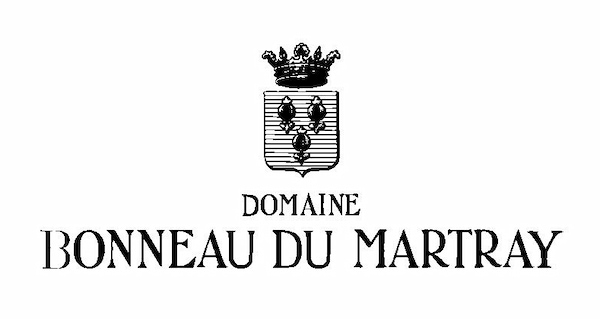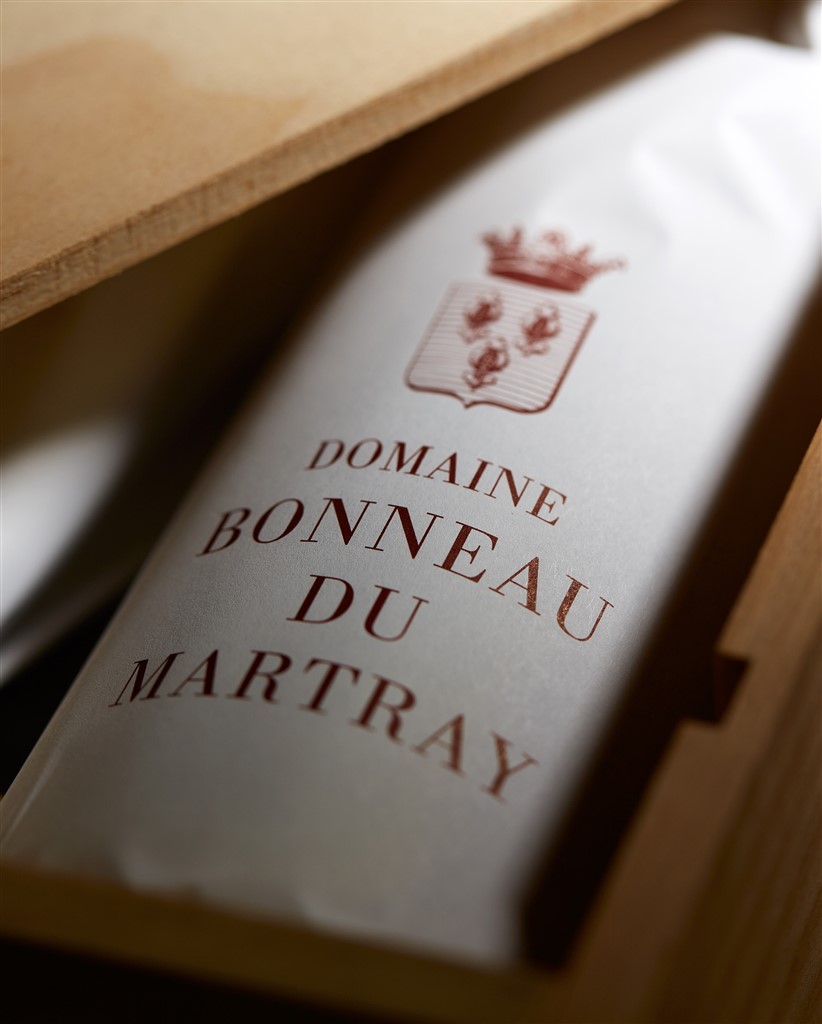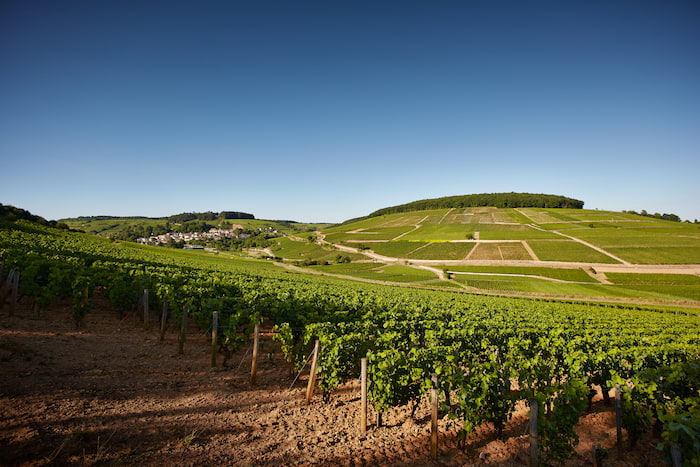|
You are using an insecure Internet browser
Navigateur internet non sécurisé
您在使用不安全的网页浏览器。
|
||
|
We have noticed that you are using Internet Explorer which is an outdated and insecure Internet browser. Please use one of the browsers below for a safe and optimal experience on our website.
Nous avons remarqué que vous utilisez Internet Explorer, qui est un navigateur internet obsolète et non sécurisé. Nous vous recommandons d’utiliser à la place l’un des navigateurs ci-dessous pour une expérience sûre et optimale sur notre site.
我们注意到您使用的Internet Explorer是过时且不安全的网页浏览器。请使用以下任一浏览器,在我们的网站上获得安全及最佳体验。
|
||
| Edge | Firefox | Chrome |

Domaine Bonneau du Martray owns plots located in the historical heart of the appellation in the “Le Charlemagne” and “En Charlemagne” climats. It was acquired in 2017 by E. Stanley Kroenke, the American owner of wineries Screaming Eagle, Jonata and The Hilt (FICOFI is a minority shareholder of the Domaine alongside Mr Kroenke). The Domaine is pursuing a quest for quality initiated by the prior owners by maintaining biodynamic principles and also by reducing production volumes.

The historical links to Corton and Corton-Charlemagne are remarkable and date back 1,000 years. The vineyards comprising the estate of Bonneau du Martray are those once owned by the Emperor Charlemagne in the Eighth Century. As legend has it, Charlemagne was so fond of the red wine from his fine Corton vineyards, often drinking it with such gusto and abandon that wine spilled from his cup would color his noble beard. Charlemagne’s wife thought these stains an insult to the dignity of her husband the Holy Roman Emperor. To silence her complaints and the ensuing arguments, he ordered some of the red vines of the Corton vineyard to be uprooted and replaced with white.
Bonneau du Martray changed hands in January 2017, for only the fourth time in over twelve centuries… Bonneau du Martray’s new manager is Thibault Jacquet. He will work closely with Armand de Maigret, who is supervising all the vineyards owned by Stan Kroenke.


© 2024 Copyright – Le Club FICOFI® | Design by OLC
This website uses cookies to ensure you get the best experience on our website as specified in our Cookie Policy. You can consent to the use of such technologies by clicking on “I agree”.